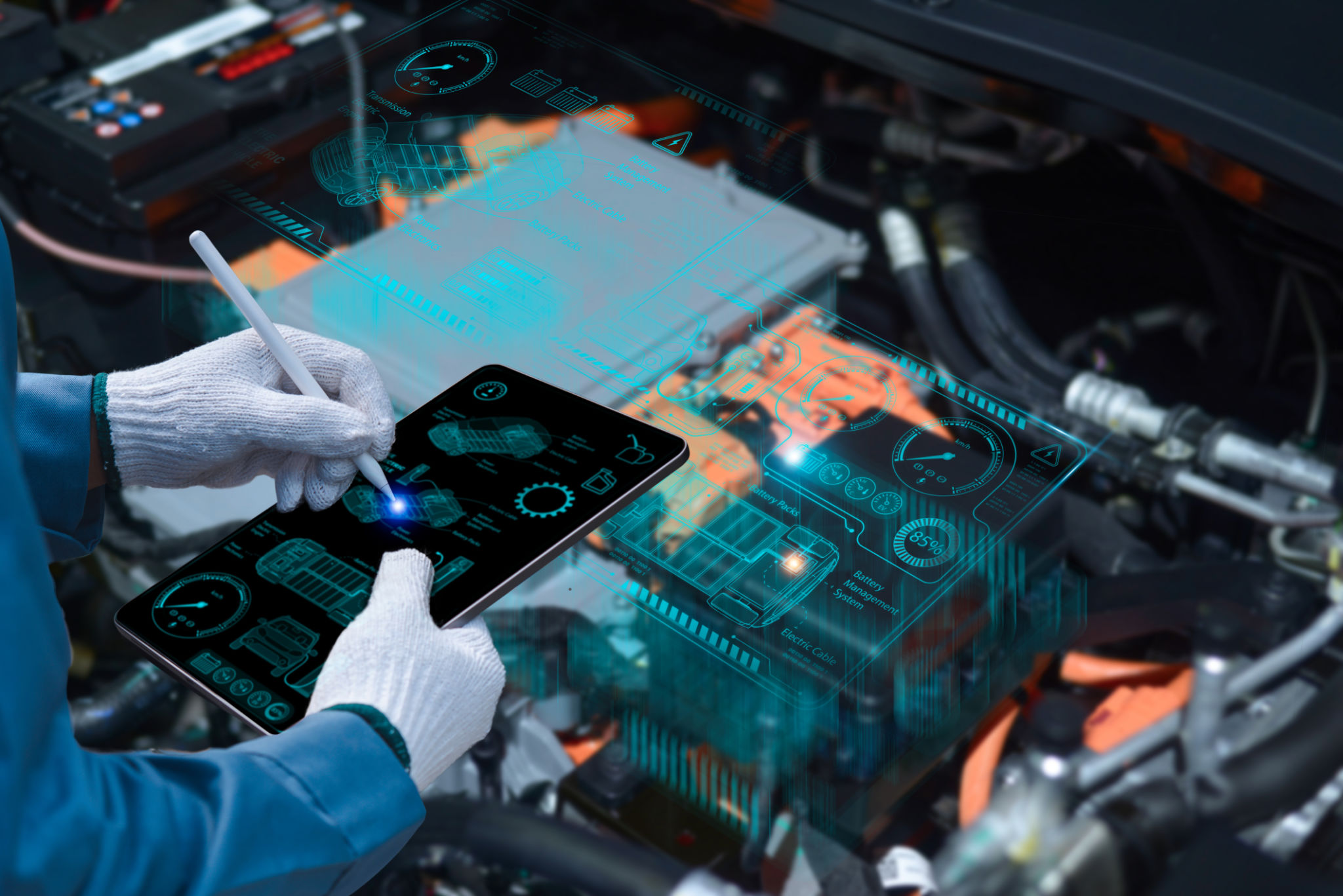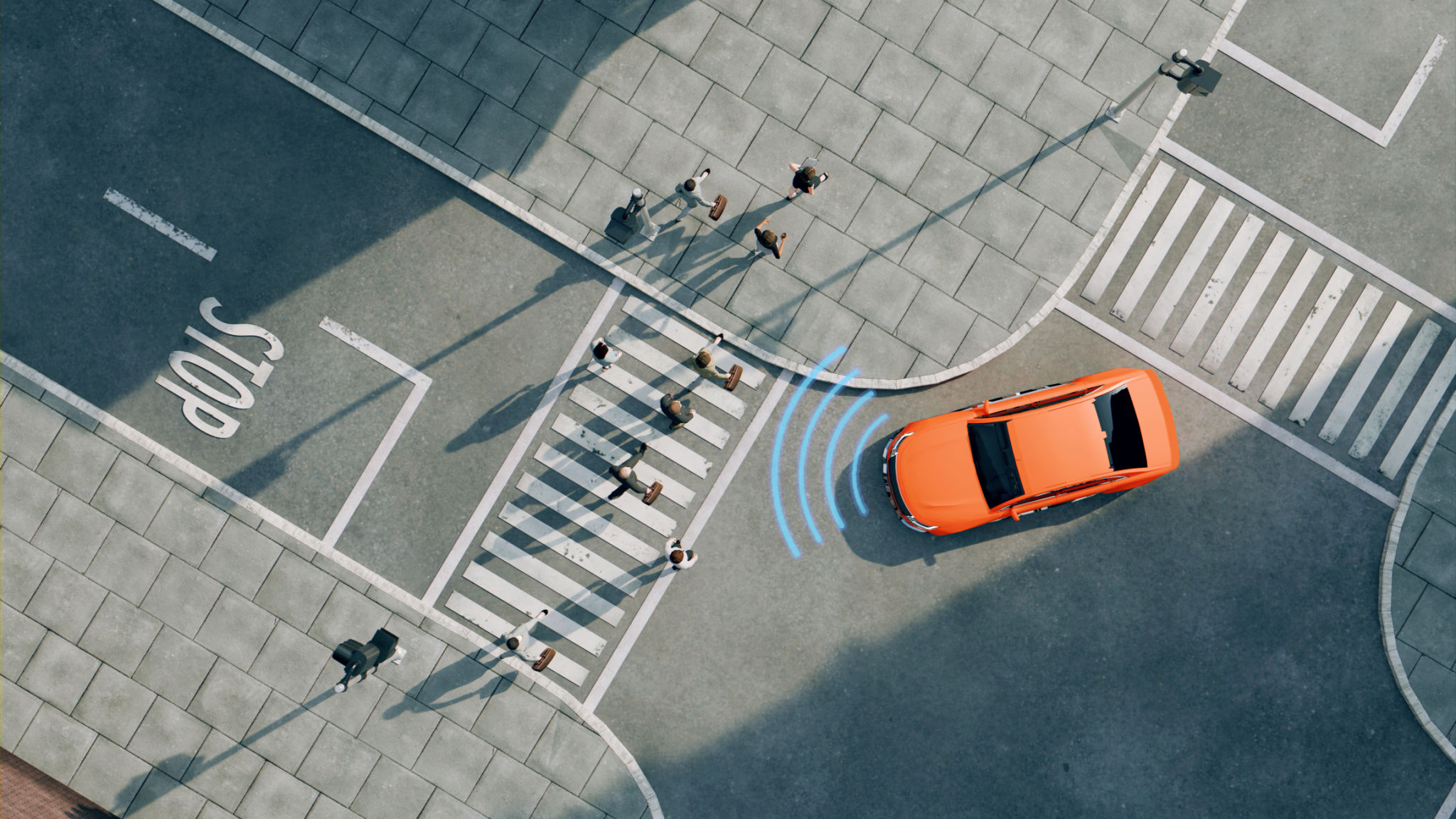The Future of Transportation: Trends and Innovations to Watch
Revolutionizing Urban Mobility
The future of transportation is on the cusp of a remarkable transformation, driven by technological advancements and a growing emphasis on sustainability. As urban populations continue to swell, the need for efficient, eco-friendly transportation solutions becomes more pressing. Cities are increasingly investing in smart infrastructure and innovative transit systems to address these demands.

One significant trend is the integration of smart cities with transportation networks. By utilizing IoT and AI technologies, cities can optimize traffic flow, reduce congestion, and improve safety. These smart systems enable real-time data collection and analysis, allowing for more informed decision-making and better resource allocation.
The Rise of Electric Vehicles
Electric vehicles (EVs) are leading the charge towards a greener future. With major automakers committing to electric models and governments offering incentives for EV adoption, the shift away from fossil fuels is gaining momentum. This transition is bolstered by advancements in battery technology, which are extending the range of EVs and reducing charging times.

In addition to personal EVs, public transportation is also embracing electrification. Electric buses and trains are becoming more common in urban areas, offering a cleaner alternative to traditional diesel-powered options. This shift not only reduces emissions but also cuts down on noise pollution, contributing to a more pleasant urban environment.
Autonomous Vehicles: The Road Ahead
Autonomous vehicles (AVs) represent a paradigm shift in how we perceive transportation. From self-driving cars to autonomous delivery drones, these innovations promise to enhance safety and efficiency. Companies are investing heavily in AV research and development, with several pilot programs already underway in various cities worldwide.
The potential benefits of AVs are immense. They could drastically reduce traffic accidents caused by human error, decrease congestion through optimized routing, and provide mobility solutions for those unable to drive. However, challenges such as regulatory hurdles and public trust need to be addressed before widespread adoption can occur.

Shared Mobility Solutions
Shared mobility is reshaping how we access transportation. Ride-sharing services, bike-sharing programs, and car-sharing platforms are offering convenient alternatives to traditional car ownership. These solutions not only reduce the number of vehicles on the road but also promote cost savings and flexibility for users.
As cities become more connected, the integration of shared mobility with public transit systems is expected to grow. This interconnected network will enable seamless transitions between different modes of transport, providing a comprehensive solution for urban mobility challenges.

Hyperloop and High-Speed Rail
Beyond urban centers, innovations like hyperloop and high-speed rail are set to revolutionize long-distance travel. Hyperloop technology promises ultra-fast travel speeds in vacuum tubes, while high-speed rail networks are expanding globally, offering efficient alternatives to air travel.
These modes of transport not only reduce travel time but also lower the carbon footprint associated with flying. As infrastructure projects progress, they have the potential to transform regional connectivity and stimulate economic growth.
Conclusion: A Forward-Looking Perspective
The future of transportation is exciting and full of possibilities. As technology continues to evolve, it will bring about profound changes in how we move from place to place. Embracing these trends and innovations is crucial for building sustainable, efficient, and equitable transportation systems that meet the needs of a rapidly changing world.